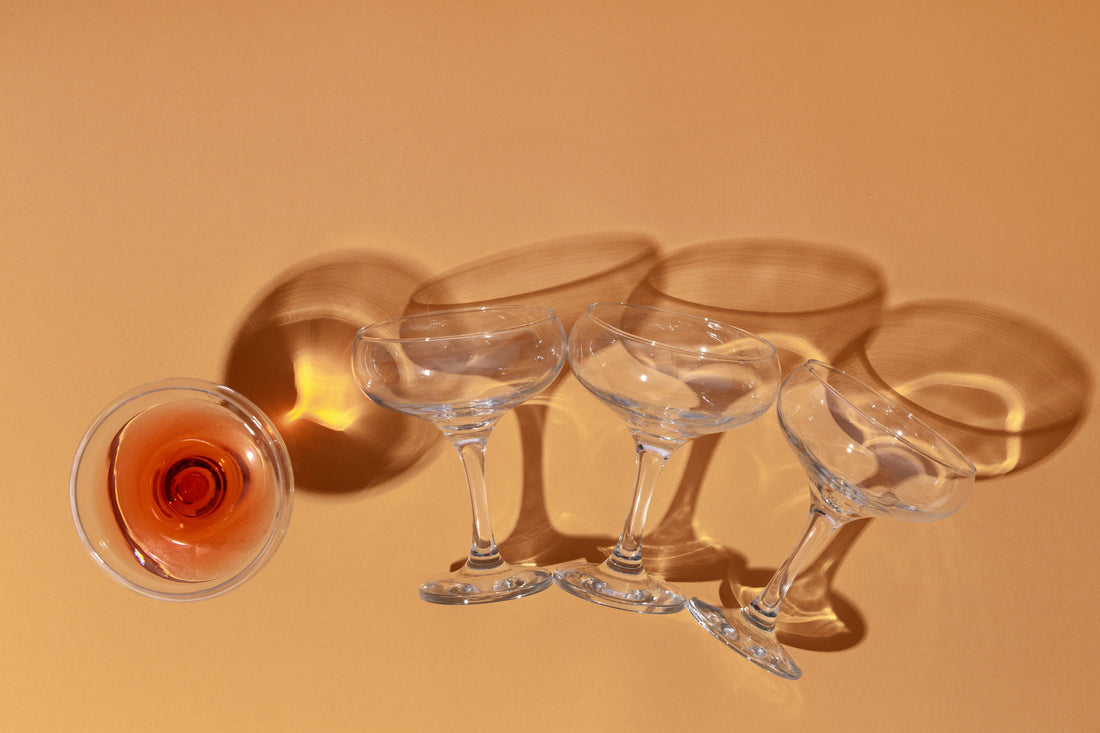
The Timeless Language of Glassware
Lyla KelleyGlassware has accompanied domestic life for thousands of years, evolving from rudimentary containers into forms that reveal both artistry and innovation. Early civilizations shaped vessels by hand, producing objects that carried water or stored food in the most direct sense. As techniques advanced, new methods of blowing, cutting, and etching created opportunities for glass to hold symbolic meaning as well as practical value. Decorative patterns, colored finishes, and refined silhouettes turned glassware into an indicator of technological skill and aesthetic awareness.
The appeal of glass lies partly in its relationship with light. Unlike wood or stone, glass interacts constantly with its surroundings. A vessel placed near a window changes appearance across the day as light filters through its surface. Translucence and reflection alter a room’s atmosphere in subtle ways, allowing glassware to become both a container and a sculptural presence. This ability to shift without movement has ensured its continuing role in design across cultures.
In contemporary interiors, glassware extends far beyond dining tables. Large bowls may anchor coffee tables, cylindrical vessels often hold flowers, and sculptural objects serve purely as visual statements. Designers experiment with form some pursue angular, geometric lines while others emphasize irregular, organic contours. Each approach demonstrates how glass remains adaptable, able to reflect current design languages while still honoring traditions of craft.
The study of glassware across time reveals broader themes about domestic life. Objects that began as tools for survival now function as markers of identity, ritual, and taste. Their transparency offers more than clarity; it creates a dialogue between contents, vessel, and environment. In this way, glassware demonstrates how even ordinary objects carry enduring cultural significance, shaping both the material and the emotional landscape of the home.
